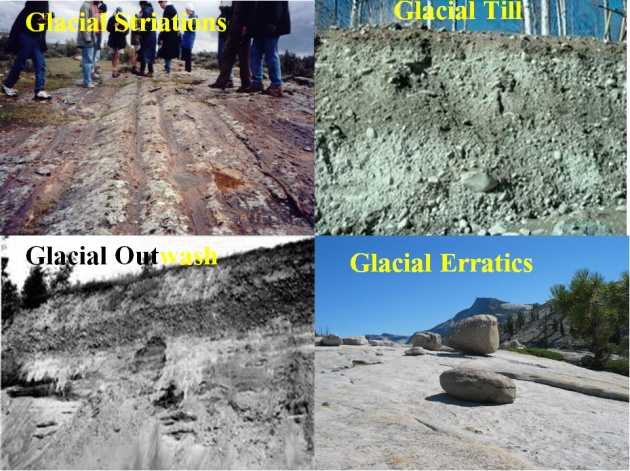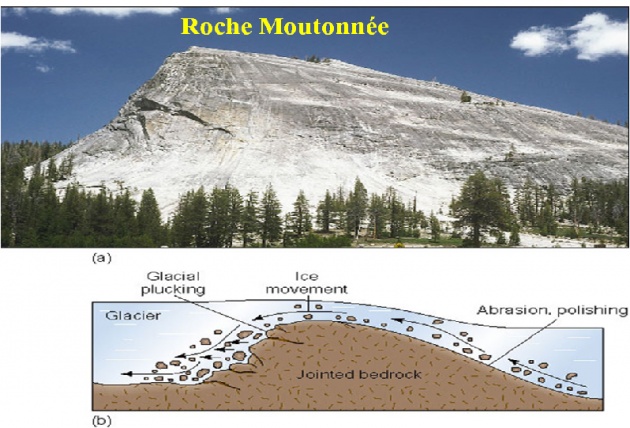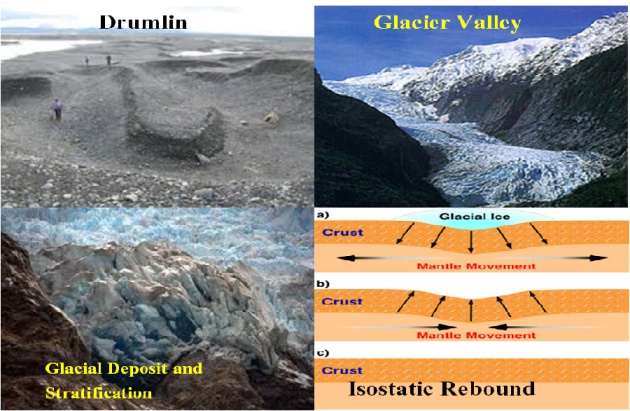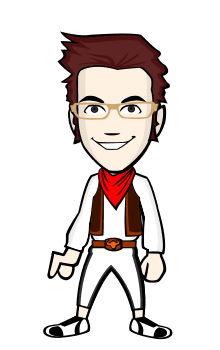- The rate of glacier erosion (i.e. erosion caused by a glacier) is variable. Six factors control the said erosion rate:
- Velocity of glacial movement.
- Thickness of the ice Shape, abundance and hardness of rock fragments contained in the ice at the bottom of the glacier.
- Ease of getting the surface under the glacier eroded.
- Thermal conditions at the glacier base.
- Strength and H2O pressure at the glacier base
Glacial Till: It is the material directly eroded, carried and deposited by the glacial ice.
Fluvial and Outwash Sediments: These are the sediments deposited by the melt-water. These deposits are stratified by size.
Glacial Erratics: These are large pieces of the rock which are encrusted (to cover or fill with different material) in till or deposited on the surface of the terrain.

Products of Glaciers:
(i) Moraine: Already mentioned
(ii) Drumlin: These are canoe-shaped hills made up mainly of till. Till hieghts vary from upto 50 meters and sometimes reach about a kilometer or so in length
(iii) Glacier Valley (acquired U-like shape), Cirque (bowl-shaped space) and Arete (two glacial cirques form 'back to back' structure, their back-walls get eroded until only a narrow ridge-like structure is left; such the structure is called Arete: Aret – French word)
(iv) Roche (Rock) Moutonnée (Rounded like a sheep-back) (French wording): These are the rock formations sculpted into small hills in the path of a glacier

(v) Alluvial Stratification: Stratification formed from the sediments by the melt-water at the side of a glacier.
(vi) Glacial Deposit: Deposit formed by the glacial-melt.
(vi) Loess Deposit: Deposit formed from the Rock-Flour by the wind.
(vii) Isostatic Rebound: Subsidence of earth crust produced usually by the continental glaciers and rebounded by underlying mantle 



